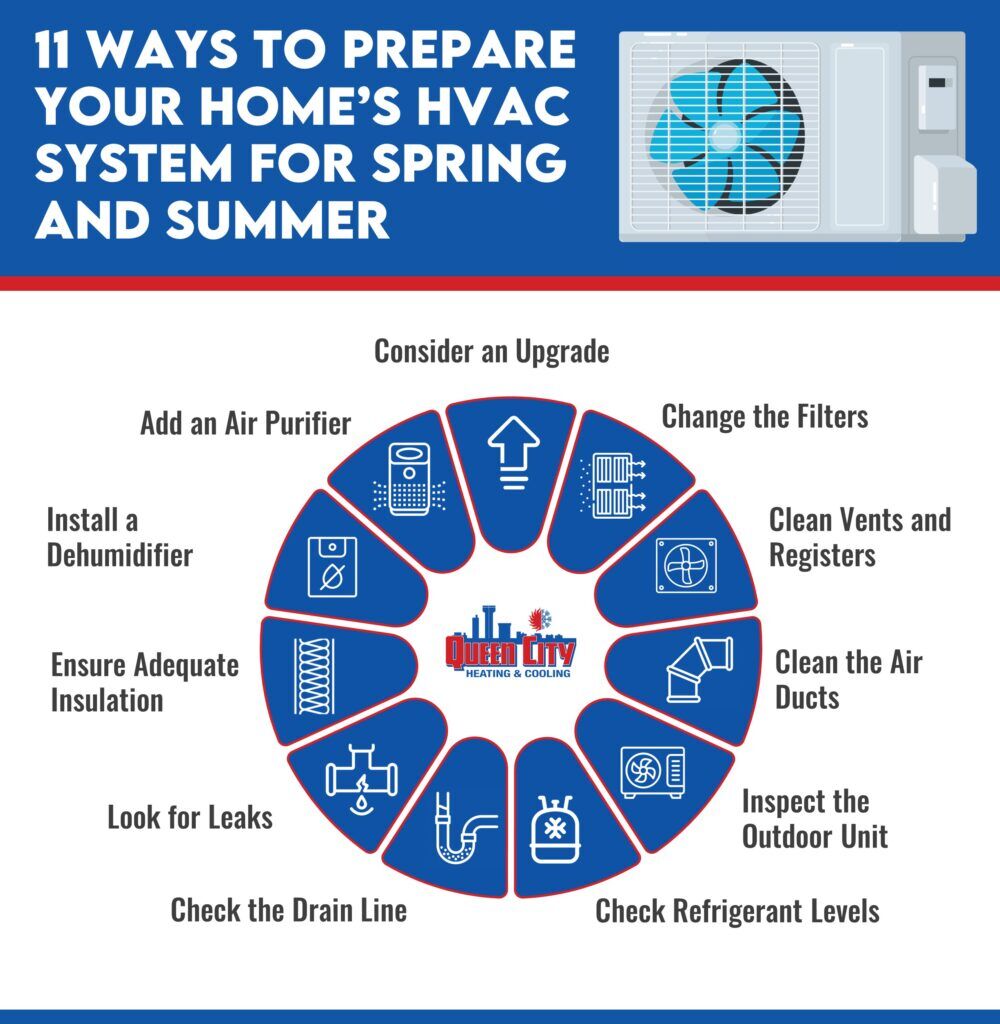Getting My 1 Source Portable Air To Work
Table of Contents4 Easy Facts About 1 Source Portable Air Shown1 Source Portable Air Things To Know Before You BuyAbout 1 Source Portable Air5 Easy Facts About 1 Source Portable Air Shown
, repair service or maintenance task. Given that other customers can make comments, the process of determining whether or not a business is worth going after is never a problem.

A service that has actually developed a strong track record commonly has very experienced professionals who fully understand how to take on cooling and heating tasks that include contemporary and vintage devices. Experienced specialists ought to constantly be taken into consideration throughout advanced repair and maintenance jobs due to the fact that the procedures that trained specialists apply are cost-effective. Another benefit is that seasoned air conditioner company contractors never use inappropriate substitute supplies in order to streamline repair service tasks.
Individuals that assume you're a specialist. Yeah, at NEXGEN Air, we're experienced a/c professionals, but we comprehend that not everybody is. 1 Source Portable Air. We're mosting likely to begin this section off with the basics for every one of you out there. This is for true who have actually never ever needed to take care of a cooling and heating problem.
Everything about 1 Source Portable Air
HVAC means home heating, air flow, and cooling. 9 fundamental components compose a full central air conditioning and warmth system. These elements are the furnace, the warm exchanger, the evaporator coil, the condensing system, refrigerant tubes, the thermostat, the ductwork, the vents, and the heatpump. (Don't fret! We'll explain these parts carefully even more down the checklist.) The heating system is your home heating device.
You can find your furnace hiding in your cellar, garage, or utility closet. Your heater's major feature is to warmth air and move it into your air ducts to heat your residence. (Enjoyable reality: Heaters are frequently misinterpreted for boilers, but they're separate appliances).

While the heating system pushes hot air right into your air ducts, the heat exchanger is the one transforming chilly air into warm air. One more resident inside the furnace, the evaporator coil absorbs any kind of heat from air passing away over it to blow cool air via your vents and into your home. Your condensing device offers a similar objective as your evaporator coil however you can locate the condensing device outside, typically on the side of your residence.
Cooling agent tubes link your evaporator coil to your condensing coil. Refrigerant tubes are usually constructed from metal and are developed to hold cooling agent and to attach the indoor and outside systems. Your thermostat is that little tool installed on the wall somewhere inside your home that enables you to manage your home's temperature (do not ask us where to discover your thermostat, there's no regulation regarding where they're positioned - they could be anywhere!).
About 1 Source Portable Air
Your home heating, ventilation and a/c (HVAC) system is among one of the most important systems in your home, running silently in the background to handle interior temperatures. Without a/c, you would certainly be taking care of cold temperature levels in the wintertime and unrestrainable warmth in the summertime. A/c systems additionally ventilate your home, keeping the air top quality healthy for your family to breathe.
(https://www.homemavenmember.com/united-states/boise/local-businesses/1-source-portable-air)

Maintain checking out to discover even more concerning choosing the best Cooling and heating system. Choosing the best A/c system for your home depends on many personal variables and preferences.
Replacing your system with a comparable configuration is likely the most cost-effective option. Various other considerations include the climate and weather where you live and what gas resources are readily available.
1 Source Portable Air Things To Know Before You Get This
The appropriate kind of HVAC system depends on your requirements. Some A/c systems combine home heating and cooling in one bundle, others operate with separate types of devices.
HVAC systems are managed by a thermostat, where you can set and check temperature levels. If you spend in a wise thermostat, you can change your Cooling and heating system over a phone app and integrate it with other smart technology around your home.
As an example, you do not require a large a/c system to cool a cottage. To find the most effective alternative for you, determine the square video of your home and afterwards compare that with dimension charts for the HVAC devices. If you get an air conditioner for a 900-square-foot home, general guidelines suggest a system with about 18,000 British thermal systems (BTUs).
While mounting HVAC equipment yourself could look like a way to save prices, any kind of problems can produce significant expenses in the future. Paying a specialist for their time is well worth finishing the job right. One more price to take into consideration is maintenance. Think of how much time your brand-new equipment will certainly last and what you can do to prolong its longevity.